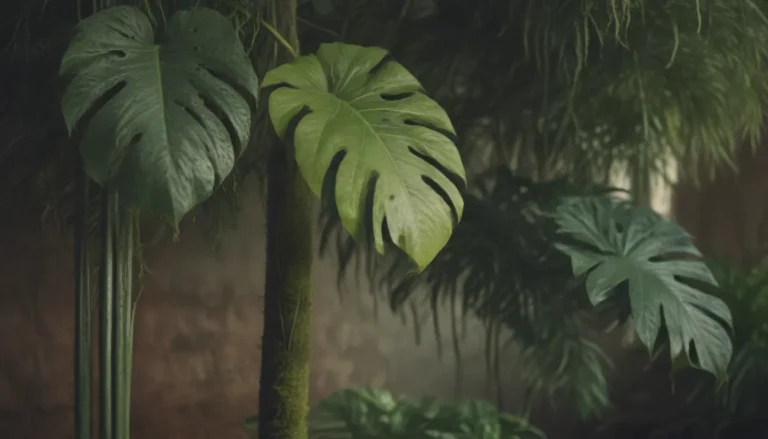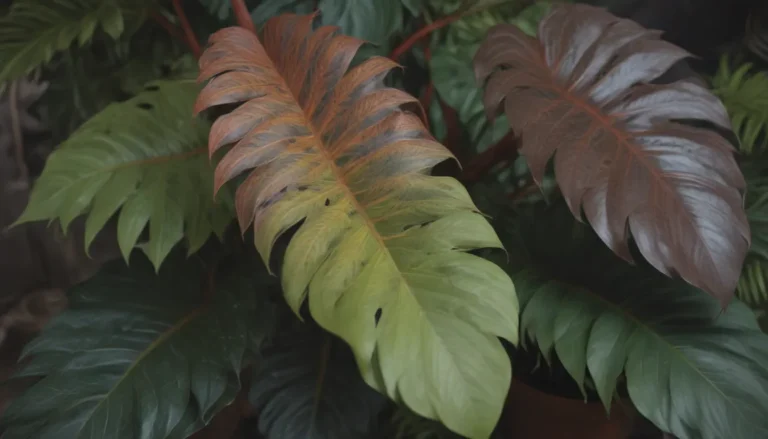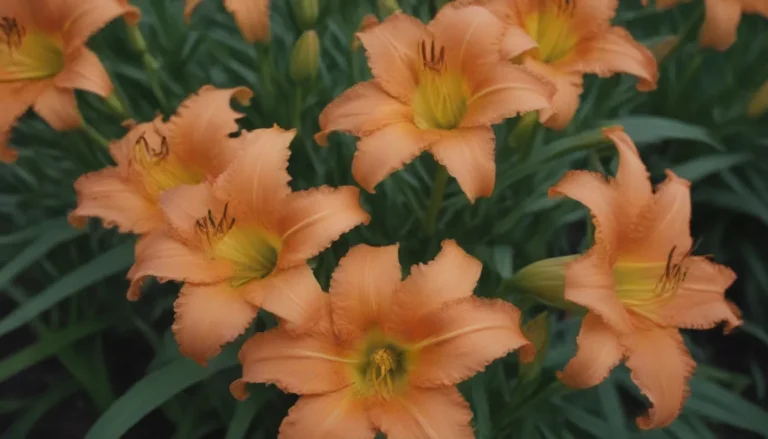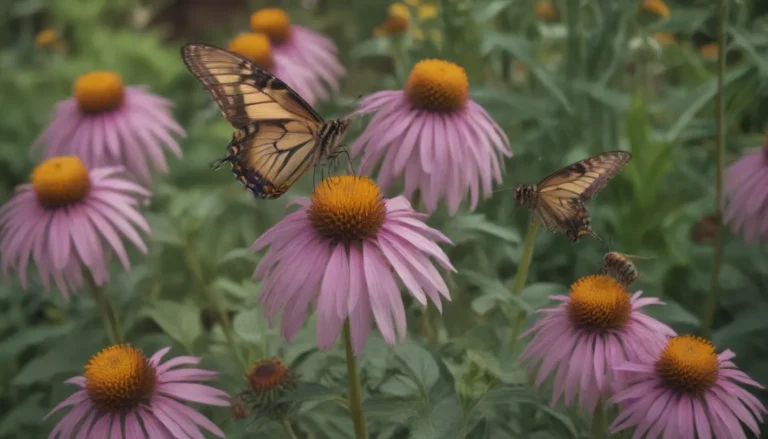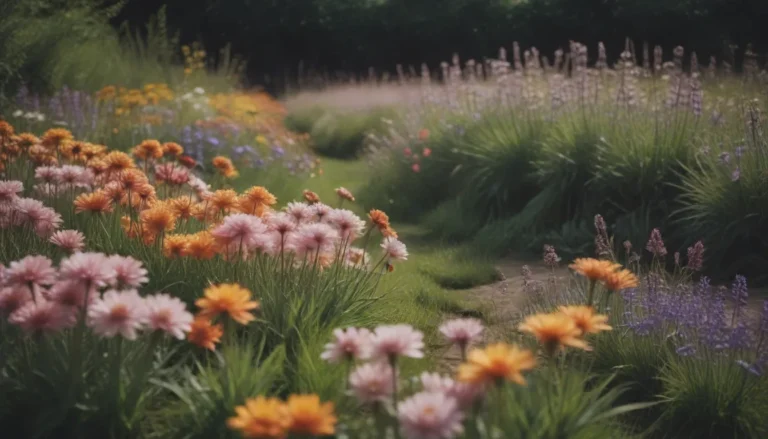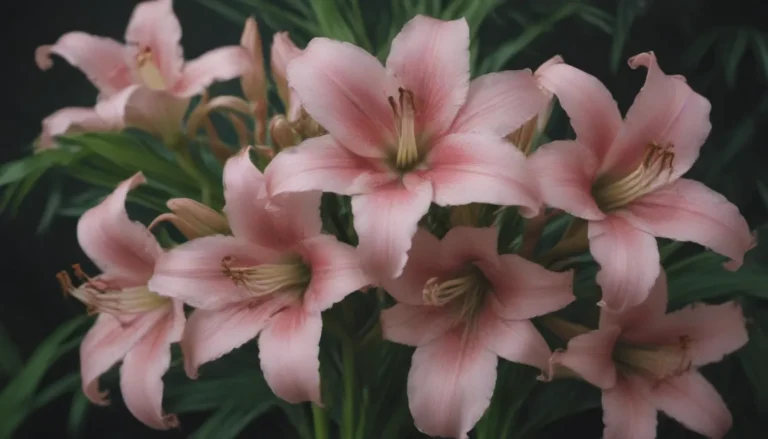Hardy Hibiscus: Ultimate Plant Care & Growing Guide

Are you dreaming of bringing a touch of the tropics to your own backyard, even in a colder climate? Look no further than the hardy hibiscus plant, boasting gigantic, colorful flowers that will make your garden pop. Native to North America, these bold flowers come in shades of pink, red, magenta, and white, with some varieties sporting dark-colored centers. If you’re ready to take on the challenge of growing this stunning plant, read on for a comprehensive guide on hardy hibiscus care and cultivation.
Introducing Hardy Hibiscus
So, what exactly is a hardy hibiscus? This term typically refers to cultivars of Hibiscus moscheutos that have been specially bred to withstand colder temperatures compared to most hibiscus species. Known as “perennial hibiscus,” these cold-hardy varieties can thrive in climates as far north as zone 5. Even gardeners in zone 4 might find suitable varieties for their growing conditions.
Essential Hardy Hibiscus Care Tips
Hardy hibiscus plants may look delicate, but they are surprisingly easy to care for if you provide them with the right conditions. Here are some key care tips to help your hardy hibiscus thrive:
Light
Make sure your hardy hibiscus gets at least six hours of full sun each day for optimal blooming. However, in hot, dry climates, offer some relief from the intense afternoon sun by providing light shade, either from nearby plants or by choosing a planting location with some afternoon shade.
Soil
These plants love moisture, making them perfect for damp areas or near water features. Ensure the soil is rich in organic matter by amending it with compost before planting.
Water
Hardy hibiscus plants are thirsty, so water deeply with at least 1 to 2 inches of water per week. Be cautious not to overwater, as this can harm the plant. Keep an eye on the soil moisture and water when the top inch feels dry.
Temperature and Humidity
Hardy hibiscus thrives in temperatures between 65 to 75 degrees Fahrenheit. If you bring your plant indoors for winter, remember to maintain adequate humidity levels to prevent drying out.
Fertilizer
Feed your hardy hibiscus regularly with a diluted liquid fertilizer once a week or a slow-release fertilizer three times a year for optimal growth and blooming.
Varieties of Hardy Hibiscus
There are several popular varieties of hardy hibiscus, each with its unique characteristics:
– Hibiscus moscheutos ‘Lady Baltimore’
– Hibiscus moscheutos ‘Robert Fleming’
– **Hibiscus moscheutos ‘Summerific Perfect Storm’
Pruning and Propagation
Since hardy hibiscus plants die back to the ground in winter, you can prune them down completely in fall or early spring. To propagate new plants, stem cuttings are the way to go for exact replicas of the parent plant, while seeds can be used for growing new variations.
Growing Hardy Hibiscus from Seeds
If you prefer to grow hardy hibiscus from seeds, collect them from the pods that form after flowering. Stratify and scarify the seeds for the best results before sowing in indoor containers or directly in the garden after the last frost.
Overwintering Hardy Hibiscus
In colder climates, protect your hardy hibiscus by wrapping it outdoors or bringing potted plants indoors. Maintain suitable temperatures and sunlight levels to help the plant survive the winter.
Common Pests and Diseases
Keep an eye out for common garden pests like aphids, Japanese beetles, and mealybugs that might trouble your hardy hibiscus. Also, watch for fungal diseases like leaf spot and rust, which can develop in overly moist conditions. Proper watering techniques and spacing can help prevent these issues.
Encouraging Blooming
Hardy hibiscus plants typically bloom throughout the summer when well-cared for. Ensure they receive adequate sunlight, water, and nutrients to promote abundant flowering. A weekly feeding with a liquid fertilizer can boost bloom production.
Conclusion
With the proper care and attention, hardy hibiscus plants can thrive in various climates, bringing a burst of color to your garden each summer. Whether you’re a seasoned gardener or just starting, growing hardy hibiscus can be a rewarding experience. So, roll up your sleeves, grab your gardening tools, and get ready to enjoy the beauty of these stunning plants in your own backyard.
